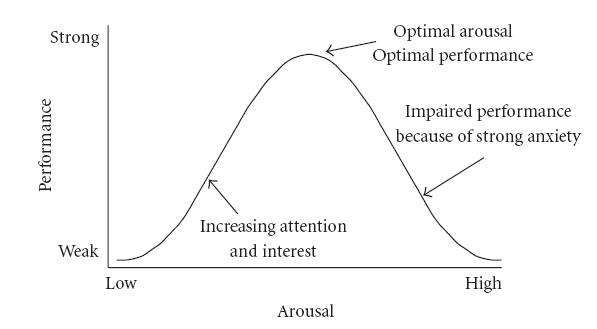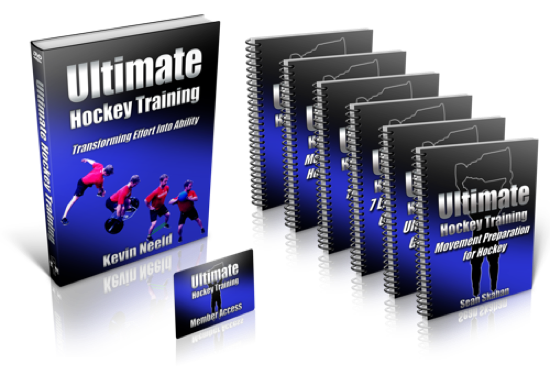The last article touched on the various limitations to range of motion (ROM) and presented the idea that it’s not always desirable to improve ROM. If you missed that post, you can check it out here: Understanding Range of Motion: More is not better
Today I want to expand on that concept by taking a broader look at what drives athletic performance in general. Simply, if we want to improve performance, we need to have a construct of what’s limiting it.
Diving right in…
While there are inevitably more than what’s presented here, these are what I consider the 8 major determinants of sport performance:
Genetic Capacity
To expand in a little more detail, Genetic Capacity describes an individual’s ceiling for movement and physical capacities, and although not listed above, probably intellectual capacities as well (this falls within the tactical skill bucket). This also speaks to how some individuals naturally excel at endurance OR power activities and why certain athletes may have an increased chance of success in certain activities versus others. This is certainly not to say that any given athlete should only pursue those activities in which they’re genetically predisposed to success. I’m a huge proponent of “playing the underdog” and utilizing the doubts of others as fuel for your own development. I also don’t think success can ever be wholly dictated by genetic predisposition. The expression of genetics can surely be modified (a field known as epigenetics has emerged from this idea), depending on the stressors placed on the body. That said, genetics can’t be ignored either, as they will certainly play a role in determining your peak capacities.
See 4:20 for a quick lesson on genetic presdispositions and sport performance
Movement Capacity & Physical Capacities
Movement Capacity encompasses qualities like range of motion and movement quality, which can be quantified with a variety of testing methods, including those espoused by the Postural Restoration Institute and Functional Movement Systems, among others. Physical capacities build on movement capacity by putting movement more within the context of sport requirements. This bucket includes all components of athleticism, such as acceleration, deceleration, max speed, multi-directional power across the full spectrum (high load/low velocity to low load/high velocity), strength, core function (this plays a role in movement capacity, but also in physical capacity within the context of transferring and dissipating loads), and conditioning.
Technical Skill & Tactical Abilities
The development of movement and physical capacities lays the foundation for the development of technical skill. One cannot improve, for example, a sport-specific skill that necessitates power the individual does not possess. This is a fairly obvious statement, but it’s one that is often overlooked by sport coaches who want something out of an athlete that simply isn’t there (yet). Tactical abilities, which refer to an athlete’s understanding of game-specific situations and the ability to read and react to plays, are similarly influenced by technical skills and physical capacities. In the case of the former, it may be more appropriate to say that the expression of tactical ability is influenced by technical skills. If an athlete’s processing allows him/her to know the perfect play to make, but doesn’t have the skill to execute, the limiting factor is technical proficiency, not tactical ability. In the case of the latter, there are several ways to link physical capacities to tactical ability, but an easy one to highlight the relationship lies in the effect fatigue has on mental processing. Fatigue is multi-factorial, as we’ll see, but it’s easy to see how poor conditioning could lead to earlier fatigue and compromised mental processing.
Fuel
Being appropriately fueled ensures the athlete has the resources necessary to express their current maximal abilities, physically and psychologically. This is one of the most overlooked components of maximizing performance in youth sports. As I told a team of HS lacrosse players last weekend, “All of your diets are terrible; some of you are just more aware of how terrible they are than others.”
Psychology
Sport psychology also has a lot of facets to it, but one of the major components that determines the success of an individual (or team) is what has been described as “Grit”. Grit can be more simply defined as “resilience” or “stickwithitness”. It’s the quality that determines how an athlete responds when things don’t go according to plan. Another major piece deals with the Yerkes-Dodson Performance-Arousal Curve, which illustrates that there is an optimal zone of arousal (think excitement) below and beyond which performance is compromised.

As you can see, and this is very much the tip of the iceberg, there is A LOT that goes into optimal performance. As coaches, it’s important to recognize that someone may not be living up to your expectations because of any one of these factors. In hockey, for example, coaches always want everyone to be faster. The reality is that some players are going to be more explosive than others, and while I think we can shift everyone toward faster skating speeds with quality training, there will still be a speed bell-curve. From a sport coach’s perspective, the question then comes down to how this player, despite not being the fastest on the team, can make a positive contribution within your system based on the other things they bring to the table (e.g. “redeeming qualities). Not every Hall of Famer is the fastest athlete on the team.
The video below is of Tom Brady’s 40-Yard Dash from the ’00 NFL Combine. It’s 10 seconds, which is barely enough time to squeeze in the run.
Optimal performance is dictated by a number of factors, many of which were highlighted above. In order to determine why an athlete may not be living up to their potential and/or the coach’s expectations, it’s important to both understand the various opportunities for limiting peak performance, and to have a series of assessments to monitor the modifiable factors. The next article will highlight several assessments that can be used to accomplish just that. Stay tuned!
To your success,
Kevin Neeld
OptimizingMovement.com
UltimateHockeyTraining.com
Please enter your first name and email below to sign up for my FREE Athletic Development and Hockey Training Newsletter!
“…an extremely rare comprehensive look at the present state of ice hockey training.”
“…a must-have for coaches and strength professionals at all levels of hockey.”
